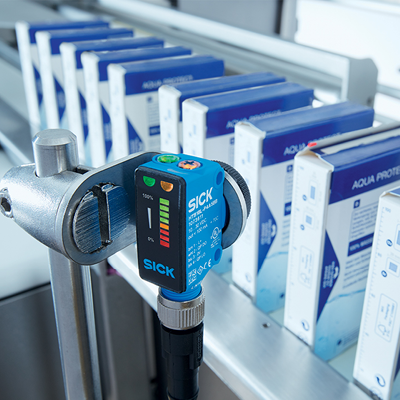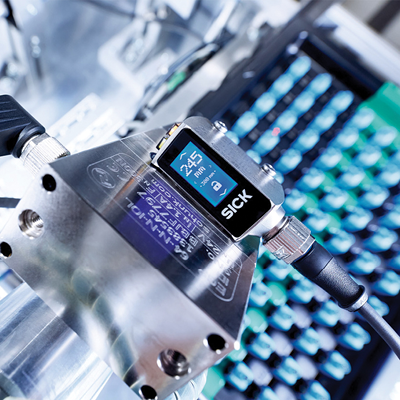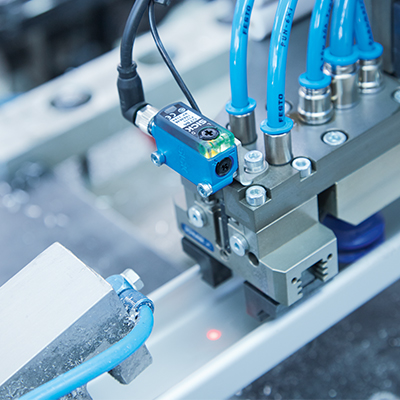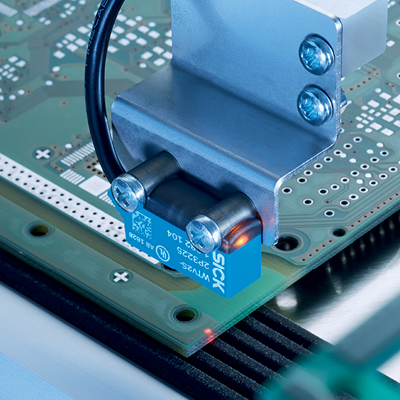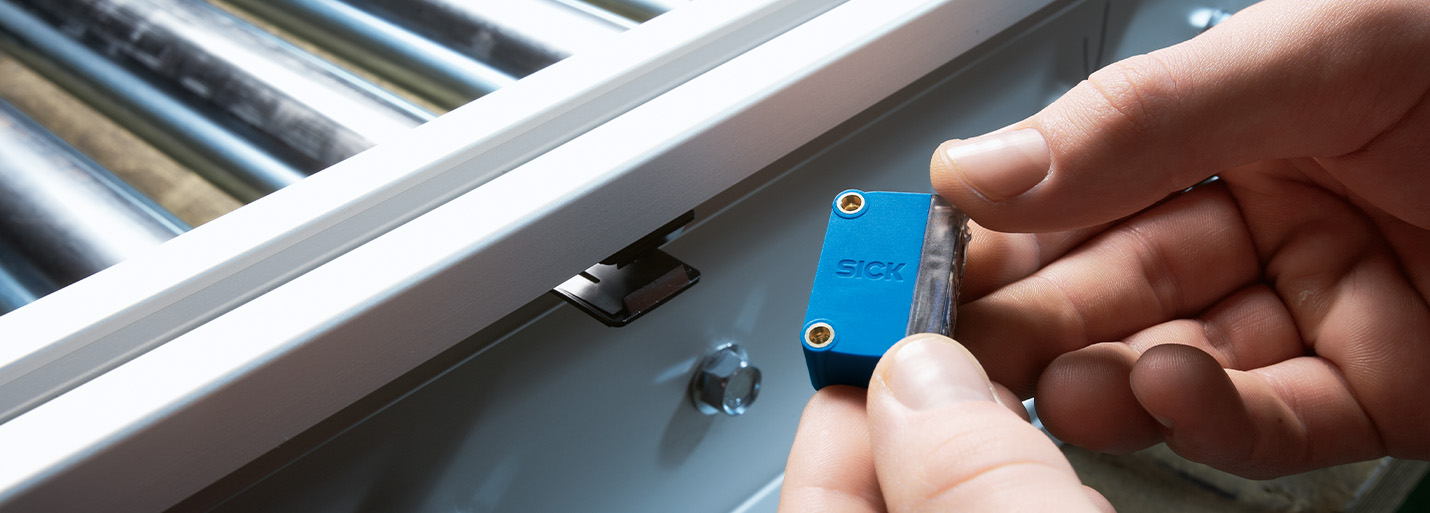

Photoelectric Sensors from SICK
Revolutionize your automation processes with cutting-edge photoelectric sensors that deliver unmatched precision and reliability.
What type of photoelectric sensors does SICK offer?
- Proximity or Diffuse Sensors
- Retro-Reflective Sensors
- Miniature Photoelectric
- Through-Beam Sensors
- Compact Photoelectric Sensors
- And More!
Need More Info on SICK's Photoelectric Sensors?
SICK has made it easy to select the right photoelectric sensor for your process. Fill out the form below to get in touch with one of our sensor experts, and we'll follow up with you shortly.
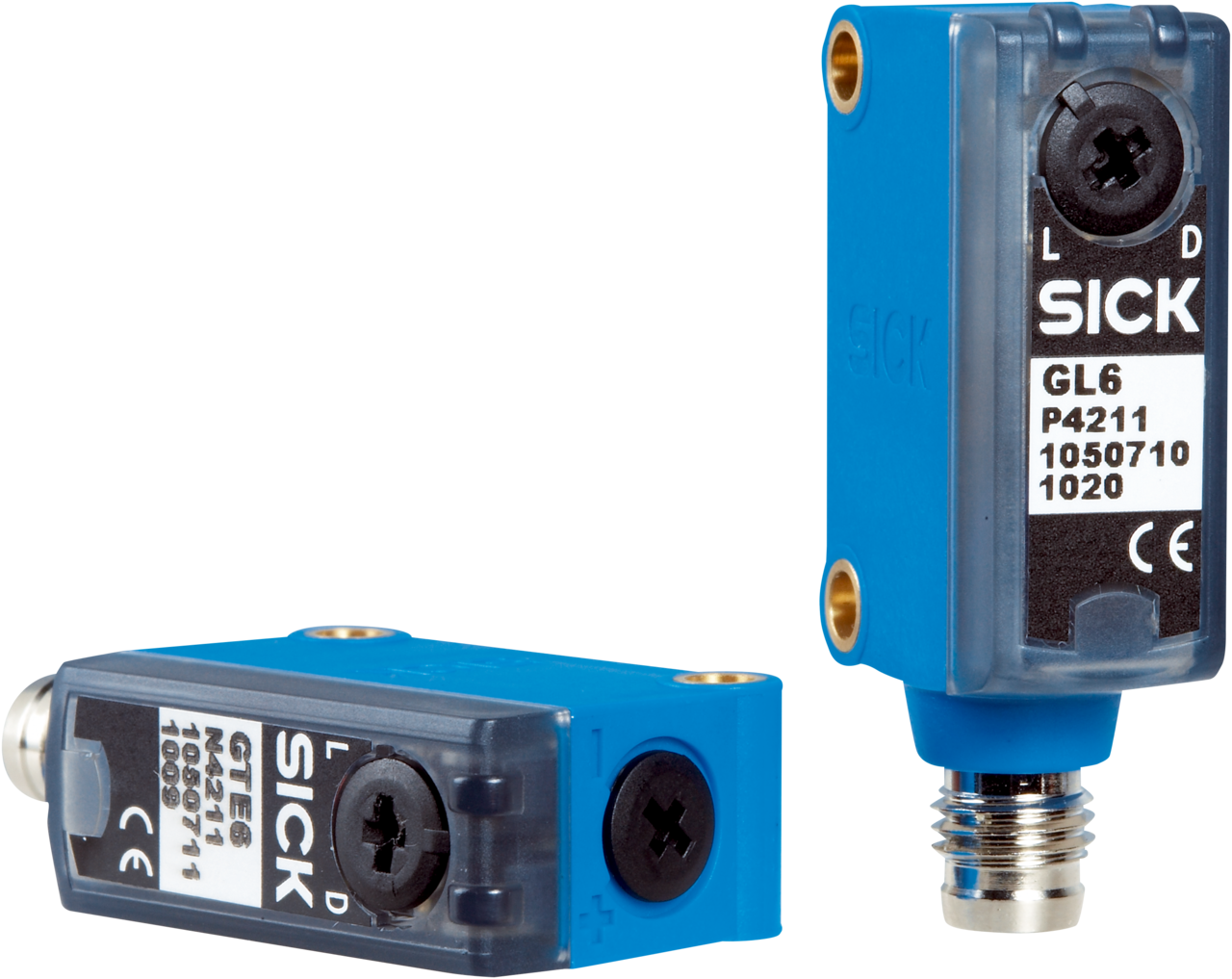
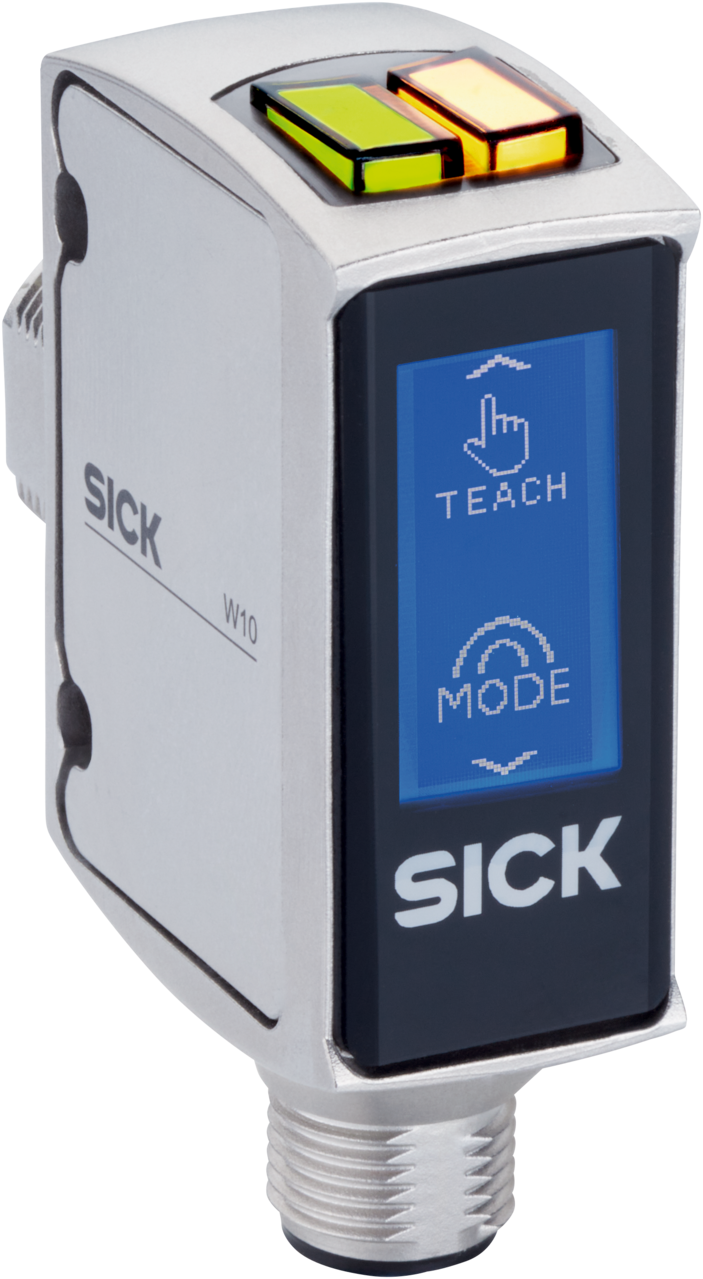
"The sensors that SICK provides are at the bleeding edge of what's possible. Sensors are the eyes for our product, and we want them to have the very best.
Mertin C. - Head of Automation at Spacemaker Systems
